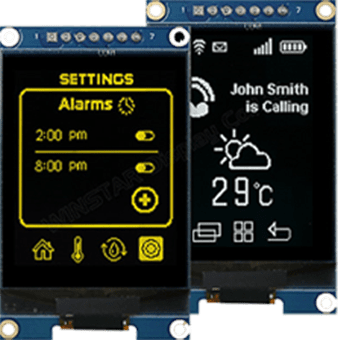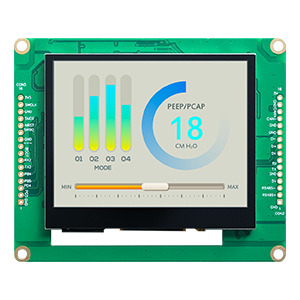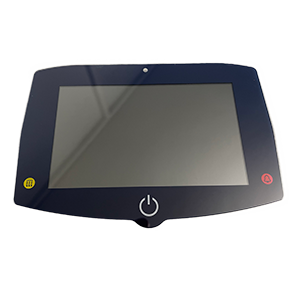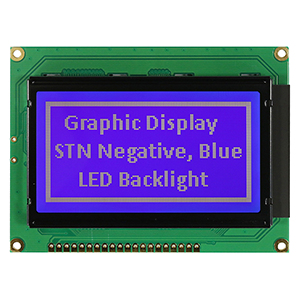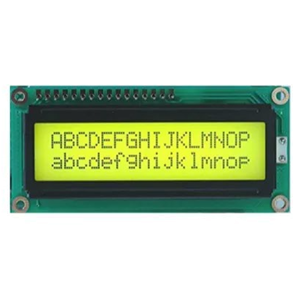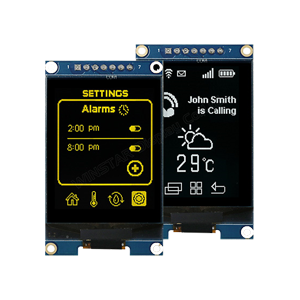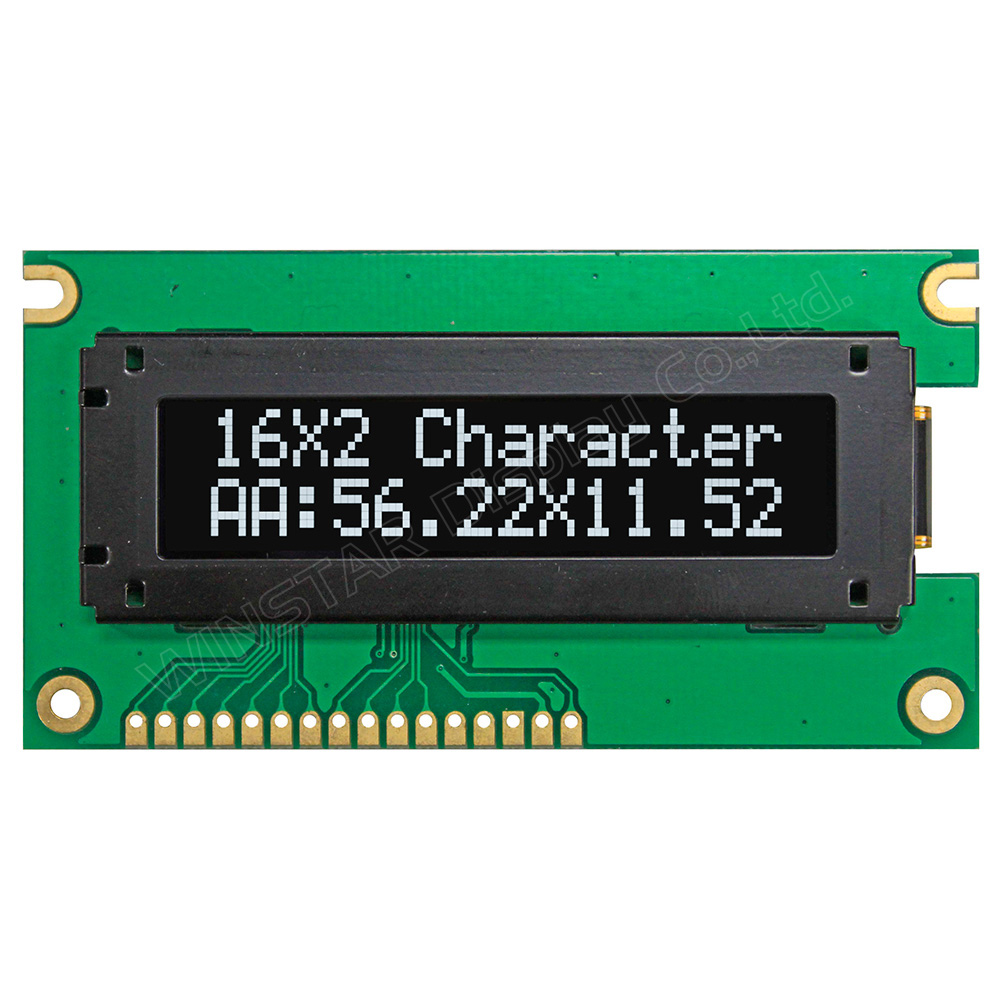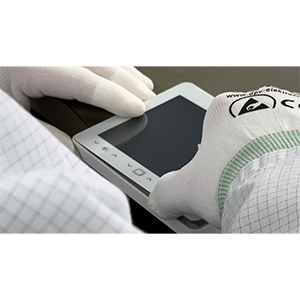OLED Graphic Displays
An OLED graphic display is a type of display that uses OLED (Organic Light-Emitting Diode) technology to display graphics and images. Unlike alphanumeric OLED displays, which are mainly used to display text and simple characters, OLED graphic displays are designed to control individual pixels to display complex graphics, images and interactive content.
Some key features and applications of OLED graphic displays:
- Self-illuminating pixels: Each pixel in an OLED graphic display can illuminate independently, resulting in deep blacks and high contrast. This is a major difference to LCDs, which require backlighting.
- Wide color portfolio: OLED graphic displays can display a wide color spectrum, making them ideal for applications that require vivid and accurate colors.
- High resolution: OLED graphic displays are available in various resolutions, from simple displays to those with very high resolution for detailed graphics.
- Flexibility: The organic nature of OLED materials makes it possible to construct flexible or curved displays, enabling innovative designs and applications.

- Energy efficiency: As OLED pixels are self-luminous, they do not require a backlight, which leads to improved energy efficiency. This is particularly advantageous for battery-operated devices.
- Fields of application: OLED graphic displays are used in various areas, including consumer electronics, wearables, automotive technology, medical technology and industrial applications. They are suitable for user interfaces, displays, wearable devices and much more.
- Interactive functions: Many OLED graphic displays offer touchscreen functions, making them ideal for interactive applications.

